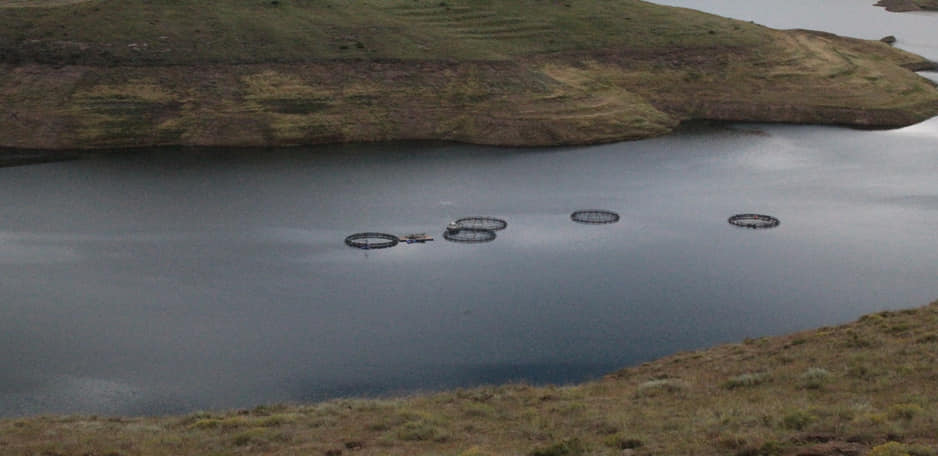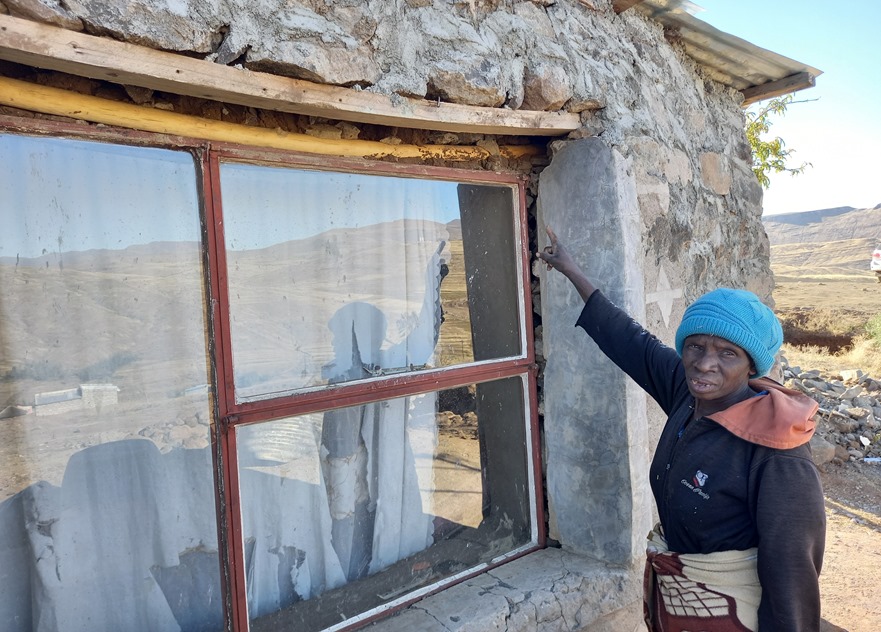The village of Mapeleng and the seismic shift:
The village of Mapeleng was affected by the seismic shift in 1995 during the inundation of the Katse dam. As a result of the seismic shift the natural springs dried up and this village lacked access to clean drinking water for 16years. Seinoli Legal Centre assisted this community to lodge a case before the High Court of Lesotho in 2011 to claim restoration of clean water supply for the community.
This community won the battle against Lesotho Highlands Development Authority (LHDA). Today Mapeleng community has access to clean drinking water and this has helped alleviate the community from water borne diseases and the struggle of walking long distances to access to clean water.
Despite this victory, this community is still facing many challenges in relation to non- payment of compensation of its grazing land, natural resources and arable land that were affected some 26 years back when Lesotho Highlands Water Project (LHWP) was implemented.
LHDA’s non-compliance with its obligations in terms of the 1986 Treaty, the Lesotho 1993 Constitution and the 1986 LHDA Order, has continued to create a huge justice gap which has left the affected communities without access to their basic human rights.





